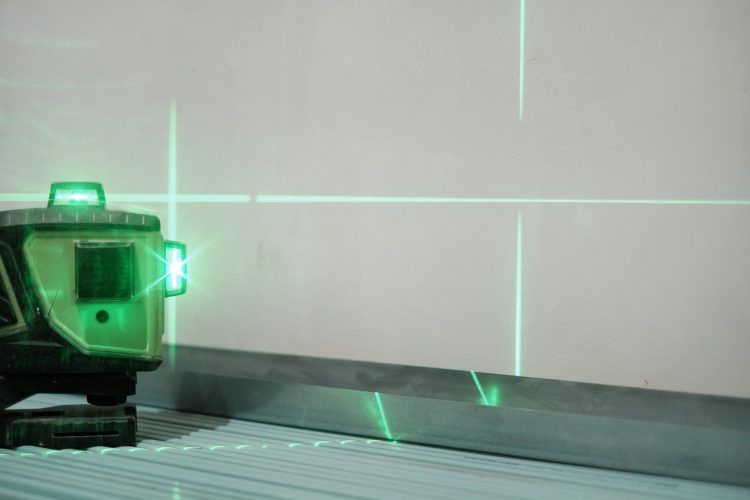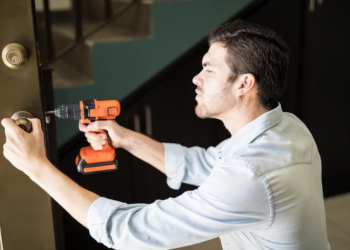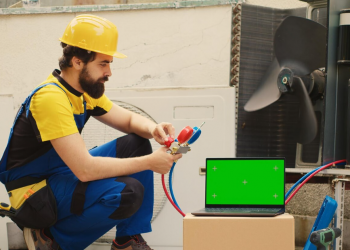Level sensors are essential devices used in a wide range of industrial applications to measure the level of liquids or solids in various containers, tanks, and vessels. They ensure safe and efficient operations in industries such as water treatment, oil and gas, food and beverage, chemical, and more. Two popular types of level sensors are submersible level sensors and contactless level transmitters. Each has its unique principle, measurement medium, advantages, and applications. Let’s explore them in more detail:
Submersible Level Sensors
Principle
Submersible level sensors are designed to be submerged in the liquid they are measuring. These sensors typically use pressure-based technology to determine the liquid level. They operate by measuring the hydrostatic pressure at a specific depth, which is directly proportional to the height of the liquid above the sensor. This pressure is converted into an electrical signal, which is then used to calculate the liquid level.
Measurement Medium
Submersible level sensors are primarily used for measuring liquid like water, oil, chemicals, and more. Take MicroSensor’s submersible level transmitter as an example: MPM489W is an ideal level sensor for water treatment; MPM426W series is designed for fuel and chemical.
Advantages
Simple Design: They are typically easy to install and require minimal maintenance.
Durability: The fully sealed design and stainless steel housing make it withstand harsh environments, including corrosive substances and extreme temperatures, ensuringlonglife and reliability.
Versatile: Submersible liquid level sensors can be used in a wide range of liquids, including those with varying densities and viscosities.
Cost-Effective: Compared to some other types of level sensors, submersible sensors are often more affordable and provide great value for level measurement applications.
Integration Compatibility: Submersible level sensors typically support various signal output types, such as analog signals (4-20mA, 0-10V) and digital signals (e.g., Modbus), to ensure compatibility with different control systems. Their compact dimensions are designed to fit various installation environments, meeting the space requirements of different pipes or containers, ensuring flexible installation and stable operation.
Tailored Solutions: The customized materials, output signals, and other options address the unique requirements of the specific application, leading to improved functionality and performance.
Applications
Submersible level sensors are used in applications like:
Water Treatment Plants: Measuring water levels in storage tanks or reservoirs.
Oil and Gas: Monitoring fluid levels in storage tanks or pipelines.
Chemical Industry: Ensuring safe chemical storage by continuously measuring tank levels.
Wastewater Management: Measuring liquid levels in wastewater tanks.
Contactless Level Transmitters
Principle
Contactless level transmitters operate on different principles depending on the specific technology used, such as ultrasonic, radar, or laser technology. These sensors measure the distance to the surface of the liquid without any physical contact.
Measurement Medium
Contactless level transmitters are versatile and can be used for both liquids and solids. They are particularly effective for measuring the level of liquids in open or sealed containers, as well as solid materials like grains or powders. This type of sensor is suitable for use in hazardous environments where contact with the medium is either impractical or undesirable.
Advantages
No Physical Contact: Since they don’t come into contact with the medium, there is no risk of sensor degradation or contamination, making them ideal for challenging environments.
Non-Invasive: These sensors are perfect for sensitive liquids or hazardous chemicals where contamination or chemical reactions are a concern.
Low Maintenance: With no moving parts and no direct contact with the medium, non-contact level sensors for liquid require minimal maintenance.
Versatile: They can measure both liquids and solids in a variety of environments, including extreme temperatures, pressures, and hazardous areas.
Applications
Contactless level transmitters are used in applications such as:
Storage Tanks: Monitoring fluid levels in large, closed storage tanks (e.g., for oil, chemicals, or food products).
Food and Beverage: Ensuring accurate levels in food processing and storage tanks.
Pharmaceuticals: Measuring levels in sensitive environments like pharmaceutical tanks.
Power Plants: Monitoring coal or water levels in power plant silos and storage tanks.
Comparison: Submersible vs. Contactless Level Sensors
Feature
Submersible Level Sensors
Contactless Level Transmitters
Principle
Pressure-based measurement, submersed in liquid
Non-contact, uses ultrasonic, radar, or laser technology
Measurement Medium
Liquids only
Liquids and solids
Advantages
High accuracy, cost-effective, simple design
No physical contact, low maintenance, versatile
Applications
Water treatment, oil and gas, chemical industry
Storage tanks, food and beverage, pharmaceuticals
Both submersible level sensors and contactless level transmitters offer distinct advantages depending on the application. Whether you’re working with liquids in a tank or monitoring solid levels in a silo, selecting the appropriate sensor will ensure accuracy, reliability, and safety in your operations.









